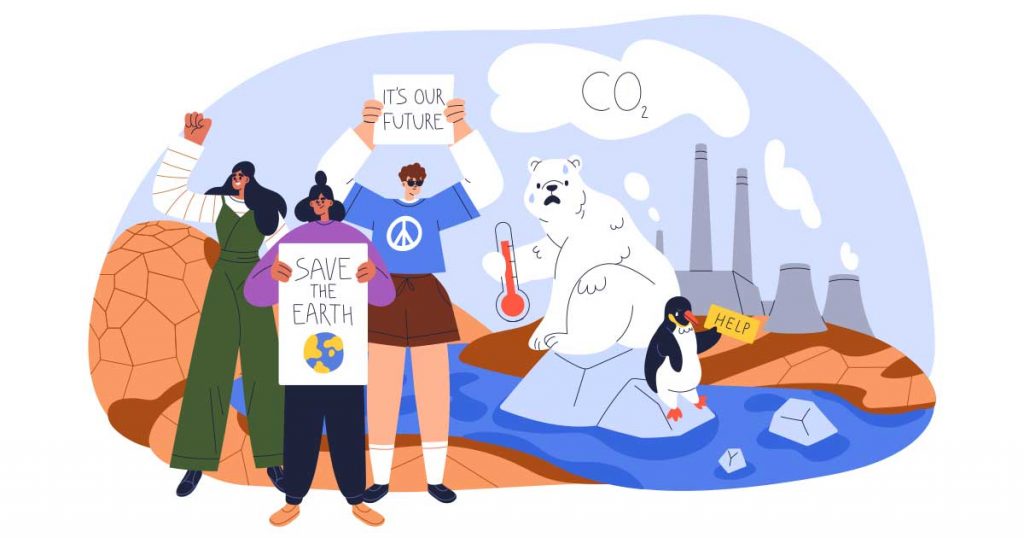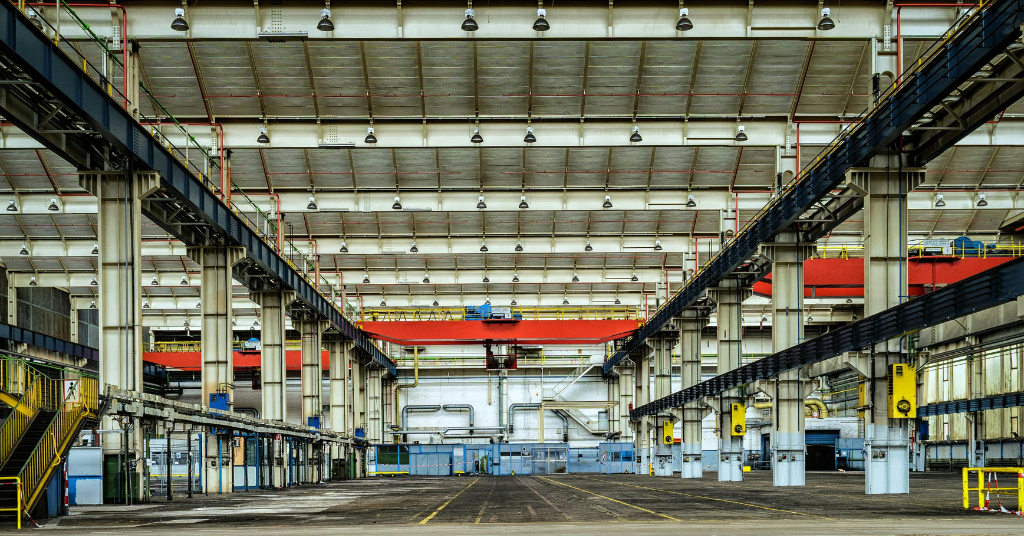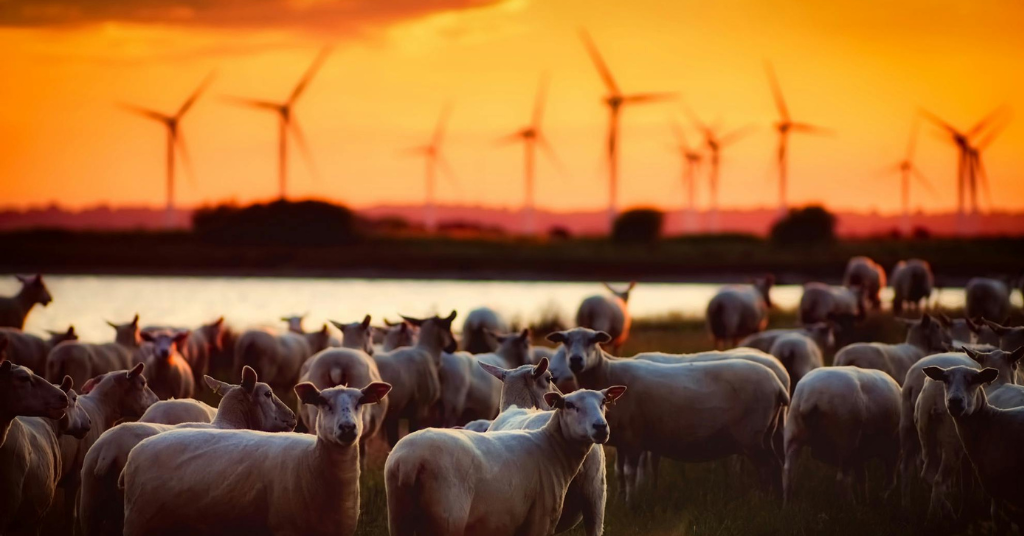The United Nations’ Intergovernmental Panel on Climate Change (IPCC) has published the summary of their report on climate change, explaining where we are now and what the future holds in different scenarios.
Hundreds of scientists have worked for eight years together and what they’ve found is anything but reassuring: “Global GHG [greenhouse gas] emissions in 2030 implied by nationally determined contributions announced by October 2021 make it likely that warming will exceed 1.5°C during the 21st century and make it harder to limit warming below 2°C.”
Other key findings of the study are as:
- “Global surface temperature was 1.09°C higher in 2011–2020 than in 1850–1900. The increase was higher over land (1.59°C) than over the ocean (0.88°C). Global surface temperature has increased faster since 1970 than in any other 50-year period over at least the last 2000 years.
- “The likely range of total human-caused global surface temperature increase from 1850–1900 to 2010–2019 is 0.8 °C–1.3 °C, with a best estimate of 1.07 °C.
- “Observed increases in well-mixed GHG concentrations since around 1750 are unequivocally caused by greenhouse gas (GHG) emissions from human activities over this period. About 42% of CO2 all emission since 1850 occurred between 1990 and 2019. Atmospheric CO2 concentrations were higher than at any time in at least 2 million years, and concentrations of methane and nitrous oxide were higher than at any time in at least 800,000 years.
- “Average annual GHG emissions during 2010-2019 were higher than in any previous decade on record.
- “In 2019, around 35% of the global population lived in countries emitting more than 9 tonnes of CO2-equivalent (tCO2-eq) per capita, while 41% live in countries emitting less than 3 tCO2-eq per capita (excluding land use, land-use change and forestry).
- “It is unequivocal that human influence has warmed the atmosphere, ocean and land. Global mean sea level increased by 0.20 m between 1901 and 2018. Human influence was very likely the main driver of these increases since at least 1971. Evidence of observed changes in extremes such as heatwaves, heavy precipitation, droughts, and tropical cyclones, and, in particular, their attribution to human influence, has further strengthened since the last report. Human influence has likely increased the chance of compound extreme events since the 1950s, including increases in the frequency of concurrent heatwaves and droughts.
- “Approximately 3.3–3.6 billion people live in contexts that are highly vulnerable to climate change. Human and ecosystem vulnerability are interdependent. Regions and people with considerable development constraints have high vulnerability to climatic hazards.
- “Climate change has caused substantial damages, and increasingly irreversible losses, in terrestrial, freshwater, cryospheric and coastal and open ocean ecosystems. Hundreds of local losses of species have been driven by increases in the magnitude of heat extremes with mass mortality events recorded on land and in the ocean.
- “Climate change has reduced food security and affected water security, hindering efforts to meet Sustainable Development Goals. Although overall agricultural productivity has increased, climate change has slowed this growth over the past 50 years globally. Roughly half of the world’s population currently experience severe water scarcity and scientists think that for at least part of the year due to a combination of climatic and non-climatic drivers.
- “In all regions increases in extreme heat events have resulted in human mortality and morbidity. The occurrence of climate-related food-borne and water-borne diseases and the incidence of vector-borne diseases have increased. In assessed regions, some mental health challenges are associated with increasing temperatures, trauma from extreme events and loss of livelihoods and culture.
- “Climate change has caused widespread adverse impacts and related losses and damages to nature and people that are unequally distributed across systems, regions and sectors. Economic damages from climate change have been detected in climate-exposed sectors, such as agriculture, forestry, fishery, energy, and tourism. Individual livelihoods have been affected through, for example, destruction of homes and infrastructure, and loss of property and income, human health and food security, with adverse effects on gender and social equity.
- “In urban areas, observed climate change has caused adverse impacts on human health, livelihoods and key infrastructure. Hot extremes have intensified in cities. Urban infrastructure, including transportation, water, sanitation and energy systems have been compromised by extreme and slow-onset events, with resulting economic losses, disruptions of services and negative impacts to well-being. Observed adverse impacts are concentrated amongst economically and socially marginalised urban residents.




